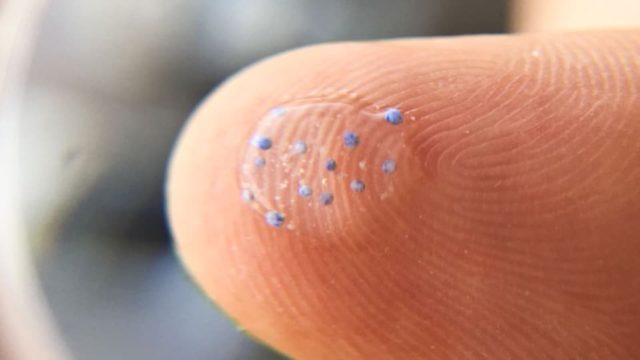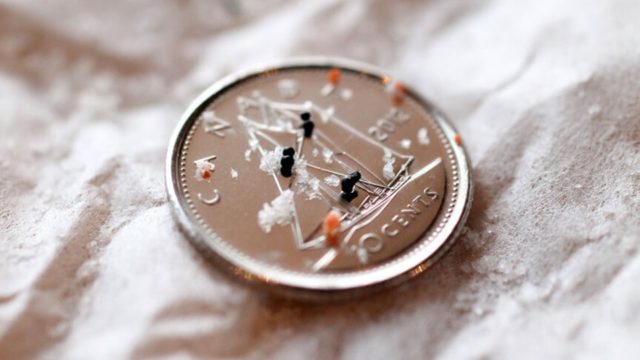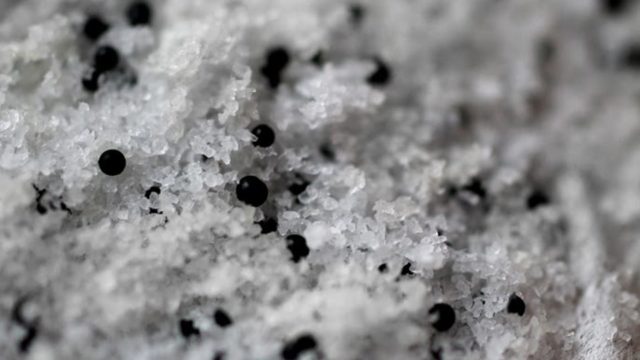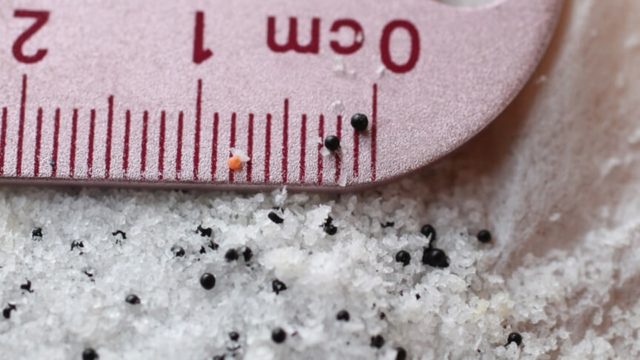Microbeads, a harmful plastic pollutant used in personal care products, pose a risk to the environment.
In the mid-2000s, many companies started adding tiny plastic balls called ‘microbeads’ to personal care products such as cleansers, lotions and toothpastes. When products containing microbeads are used and rinsed down the drain, these tiny bits of plastic — too miniscule to be caught by wastewater treatment facilities — are flushed directly into lakes, rivers, and streams, where they wreak havoc on wildlife.
In just one square kilometre of parts of the Great Lakes, scientists found millions of microbeads.
That’s why, on behalf of Environmental Defence, Lake Ontario Waterkeeper, and Ottawa Riverkeeper, Ecojustice submitted a formal request to the federal Minister of the Environment asking that plastic microbeads used in personal care products be added to the Priority Substances List under the Canadian Environmental Protection Act, 1999 (CEPA).
Classifying microbeads as a “toxic substance” under CEPA gives the federal government the authority to control their use, including instituting a ban on the use of microbeads in consumer products.
In June 2016, and in the wake of new evidence that found microbeads pose a risk to the environment, the federal government officially listed microbeads as a “toxic substance” under CEPA.
In November 2018, the federal government introduced regulations banning the use of microbeads in personal care products. A subsequent ban on natural health products and non-prescription drugs containing microbeads came into place in July 2019.







